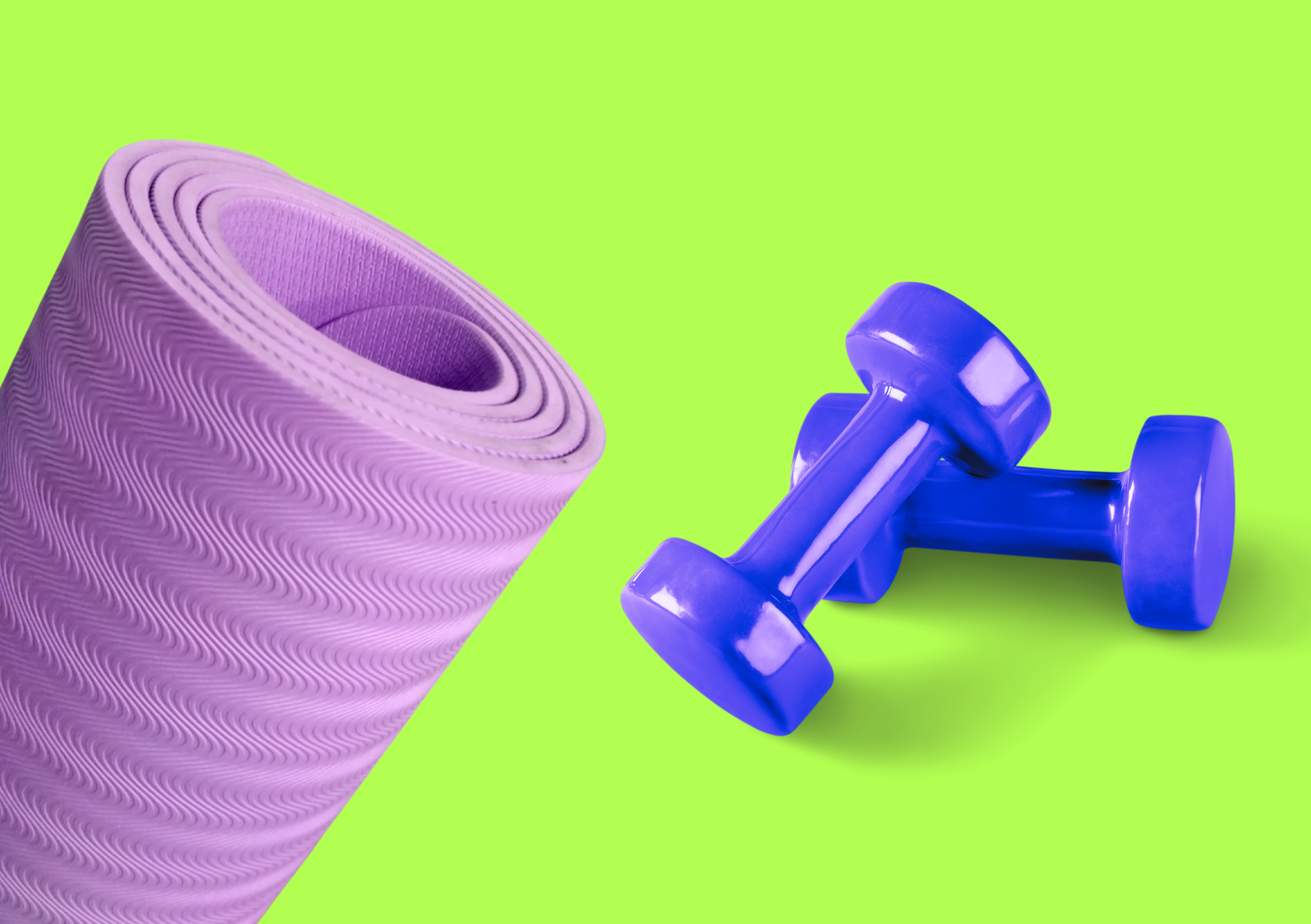Technology has become an integral part of nearly every school and depending on how it is used it can lead to improvements in the school’s academic performance. With students being more exposed to technology it helps to prepare them for the future however, do your teachers feel confident and comfortable in using tech in their lessons? In this article, we look at a few different ways EdTech can help your school and a few ways as to how you can support your teachers in implementing it.
📅 Get the right fit – make a plan
Like buying a dress or shirt, if it doesn’t quite fit right you’ll be reluctant to wear it…. Edtech is the same! If the technology you’re trying to implement into your schools doesn’t work for your teachers, they’re going be too reluctant to utilise it properly.
Making sure the technology you’re looking to add to your classroom works within your current teaching styles is a key first step. You not only need to look at what you want to achieve but how you can get to there and setting up a plan is the very first thing you should be doing. Don’t just rush out and buy hundreds of iPads because another Headteacher recommended it. Make sure you know how they’ll be used, who will use them and how does it fit into your current teaching environment. The vision/plan you have for your schools’ technology should be shared throughout your whole school, making sure all departments and teachers can work with it effectively.
Another crucial factor is whether the technology you’re bringing in will benefit the school. The best way to implement EdTech into schools may be to focus on a specific area of the school’s technology plan and work out how to make this as strong as possible and then factor in everything else around this.
⏳ Take your time
You also need to factor in enough time to create the right culture. This is one of the biggest errors schools make: they rush to use the technology before teachers and students are prepared and educated. As a result, the technology isn’t used to its fullest potential and it doesn’t benefit the students’ overall education – essentially leading to a wasted investment by the school.
Make sure technology is easy to use and manageable, teachers and students may give up and become frustrated if they are struggling to use the equipment. A common mistake is to assume that all your staff are comfortable with technology and can quickly become experienced users. This misconception has led to many schools spending a large amount of money on tools but ending up with very few teachers able to use them effectively.
It’s important that you test use all products, and make sure to fully research the equipment. Read up on the details of the equipment as well as checking reviews. Reviews are a great way to make sure the equipment you’re looking at has a long lifetime value. Reviews can also highlight any problems people have had with the equipment, making it easier for you to plan for these issues.
🎓 Make sure it’s easy
Often, the most popular EdTech is usually the simplest thing that provides an improved quality of life. Just think about the last time you hopped into your car and used Google / Apple maps or shouted ‘Hey Siri’ / ‘Hey Google’. These are all things that help to improve our day to day lives, and there’s plenty of EdTech solution that provides a similar benefit to teaching.
Look for products that require minimal effort. What makes a tool successful is functionality and ease of use. If it takes 10 clicks to complete one simple task then it becomes time-consuming and teachers may not have enough spare time to be messing about. Equipment that is easier to use is also the most popular with teachers who are time-pressured or only have basic IT skills.
A key example of Edtech that you might already be using without realising it’s EdTech, is software. For example, a lot of schools have turned to school management systems such as Capita SIMS for its ease of use and reduced time spent on paper diaries. Good EdTech software makes it easier for teachers to access student’s data, generate monthly, termly and annual reports about student’s attendance – all without having to dig through mountains of paperwork.
🤝 Collaboration is key
Social media has been a great tool for teachers to share good practice and learn new and exciting things about their subjects. These social media communities have grown into useful resource banks. We’ve recently posted an article about how using social media can benefit you as a teacher and go into more detail about the Edutwitter community.
Resources such as TES are also useful for teachers to collaborate on different ideas and help each other make their students education as best as possible.
Has this post made you want to invest in EdTech? Speak to our Customer Care Specialists today on 01625 415 400 to find out how we can help your school! No time, why not request a call back instead?








